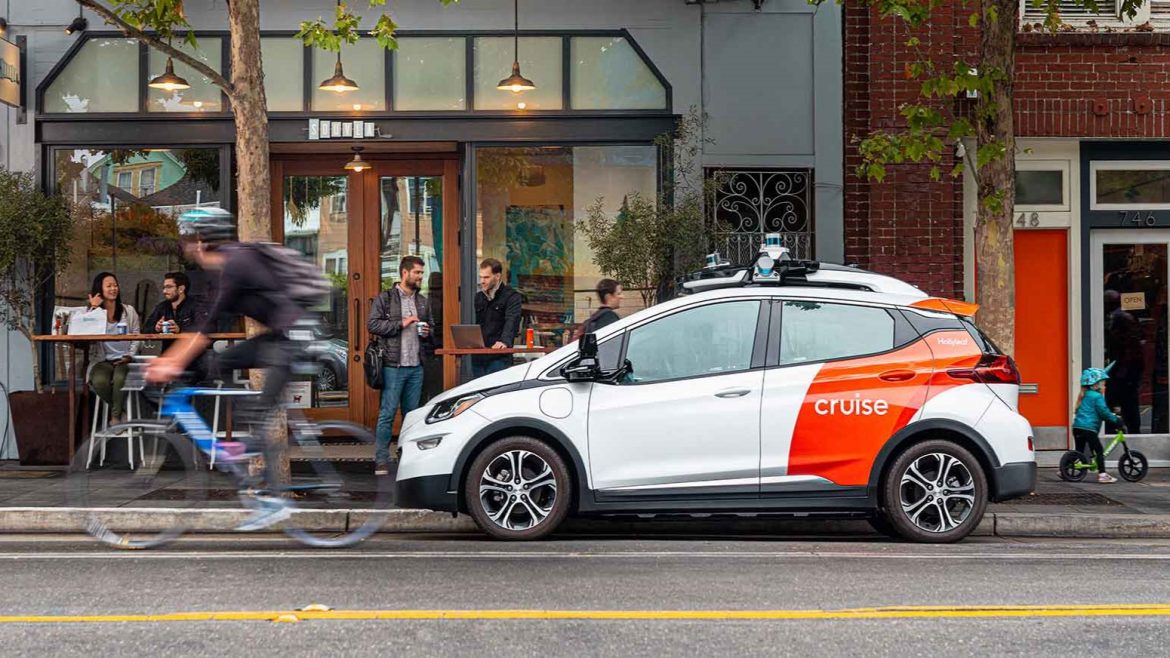In a significant move, Cruise, General Motors’ (GM) autonomous vehicle subsidiary, announced a strategic restructuring that involves a workforce reduction of 24%, affecting 900 employees out of its current 3,800. This decision comes in the aftermath of operational challenges faced by Cruise, including a recent accident that prompted a suspension of testing in the U.S.
Turmoil in Cruise’s operations
Cruise has been grappling with a series of setbacks, leading to a comprehensive evaluation of its operations. Following an October accident in which a pedestrian was struck by another vehicle and dragged for 20 feet into the path of a self-driving Cruise vehicle, the California Department of Motor Vehicles suspended Cruise’s driverless testing permit. In response to this incident, Cruise decided to halt all U.S. testing operations.
Leadership changes and layoffs
The turmoil continued with the resignation of Cruise’s CEO Kyle Vogt and co-founder Dan Kan. In an effort to address the challenges, Cruise took decisive action by terminating nine executives, including the chief operating officer and chief legal and policy officer. The restructuring includes the layoff of 900 employees, predominantly in commercial operations and related corporate functions, signaling a shift in Cruise’s strategic focus.
Financial implications and GM’s support
Cruise, described as GM’s money-losing robotaxi unit, incurred losses exceeding $700 million in the third quarter of the year and has accumulated over $8 billion in losses since 2016. GM, in support of Cruise’s restructuring efforts, emphasized the alignment with a more deliberate go-to-market approach and the evolving needs of the autonomous vehicle sector. GM’s shares reflected a positive response, rising by 5.4% following the announcement.
External investigation and regulatory scrutiny
An external investigation led by the law firm Quinn Emanuel is underway to examine the October accident and Cruise’s subsequent actions. Cruise has been cooperating with the investigation, demonstrating its commitment to transparency. Regulatory bodies, including the California Department of Motor Vehicles and the National Highway Traffic Safety Administration (NHTSA), are closely scrutinizing Cruise’s adherence to safety protocols and public disclosure.
Rebuilding public trust
The incident has underscored the delicate nature of the driverless car industry, where public trust and regulatory cooperation are paramount. In October, the California Department of Motor Vehicles expressed concerns about Cruise’s technology, ordering the removal of its driverless cars from state roads. The NHTSA initiated an investigation into pedestrian risks associated with Cruise’s autonomous vehicles, emphasizing the need for accountability and adherence to safety standards.
Future plans and challenges
Cruise, despite the recent setbacks, is strategizing its comeback. In November, the company outlined plans to relaunch in an unspecified city before expanding further. The current restructuring is seen as a pivotal step in ensuring a more sustainable and safety-focused future for Cruise. Mo Elshenawy, Cruise’s president, acknowledged the challenges faced by the autonomous vehicle unit, expressing a commitment to overcoming obstacles and steering Cruise toward a more positive trajectory.
As Cruise navigates this critical juncture, the broader autonomous vehicle industry watches closely, recognizing the impact of such incidents on shaping the narrative of a technology that holds transformative potential for the future of transportation.



